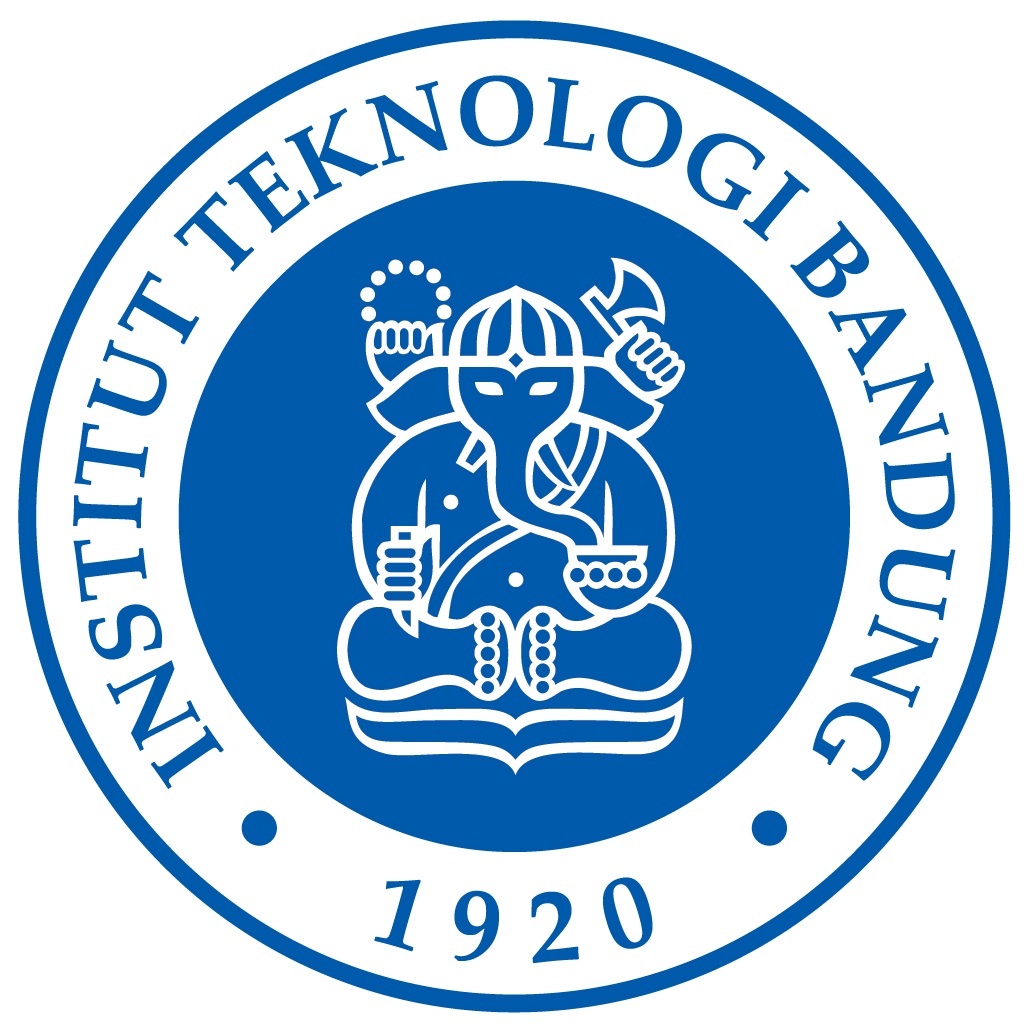

Wahyu Triyoso
This study uses complete earthquake catalog data and spatio-temporal analysis to construct a reliable model to predict the potential seismogenic earthquake or earthquake fault zones. It integrates models developed based on different researchers' methods and earthquake catalogs from different periods. It constructs and compares models - Model-1, Model-2, and Model-3 - from the complete shallow earthquake catalog between 1963-1999 and 1963-2006. The δAIC is used to evaluate the reliability of the models, with Model-3 emerging as the most reliable in all tests in this study. The model is constructed based on the product of the normalized model of the combined smooth seismicity model of a relatively small to moderate complete earthquake catalog data with a relatively uniform background model and weighted by the normalized seismic moment rate derived from the surface strain rate. It is suggested that a more extended observation period and using a complete, albeit relatively small-to-moderate, earthquake catalog leads to a more reliable and accurate model. Implementation of the Probabilistic Seismic Hazard Function (PSHF) window using the b-value of a 5-year window length with a 1-year sliding window before a significant seismic event proved successful, and the methodology demonstrates the importance of the temporal "b- value" in conjunction with the reliable seismicity rate and spatial probabilistic earthquake forecasting models in earthquake forecasting. The results showed significant changes in the PSHF before giant and large earthquakes and the finding of a correlation between decreasing b-value time window length and earthquake magnitude. The results have implications for the implementation of seismic mitigation measures.
The research submitted in this proposal aims to: - Develop a combined model based on relatively small to medium earthquakes from complete earthquake catalog data and a strain rate-based model to improve spatial predictions of future earthquakes by evaluating spatio-temporal models of seismic hazard curves from a probabilistic point of view or probabilistic seismic hazard function (PSHF). - Evaluating the reliability of the model in characterizing potential earthquake-prone areas along the Sumatra subduction zone was carried out in this research. Algorithms developed by Triyoso and Shimazaki (2012) and Triyoso (2023) are used to assess reliability based on the Akaike Information Criterion (AIC). The goal is to find a model of potential future earthquakes that is very useful for PSHA studies and seismic mitigation updates. - Develop a general algorithm based on research results to be applied in other active seismotectonic zones throughout Indonesia
The research submitted in this proposal refers to and supports the roadmap from the Global Geophysics Group, FTTM-ITB regarding earthquake, tsunami and volcanic eruption disaster mitigation